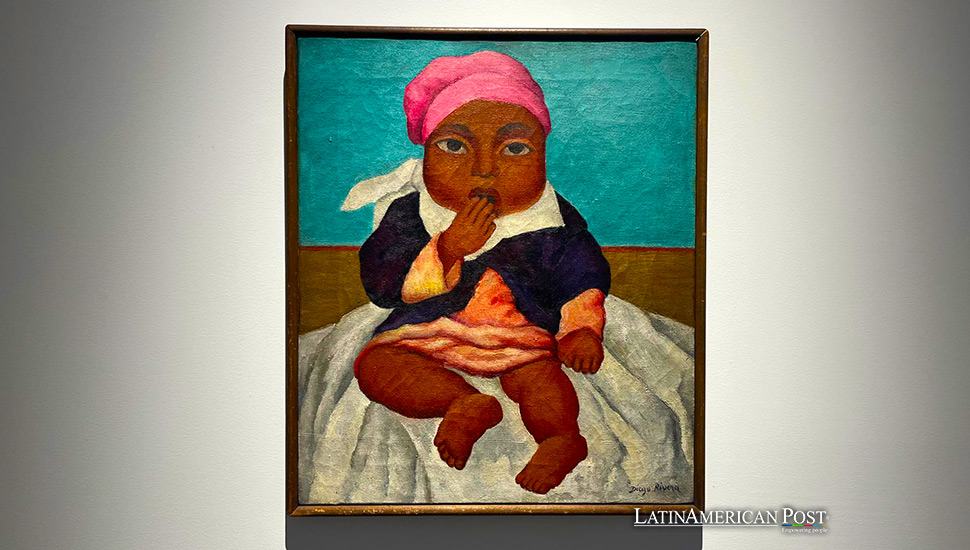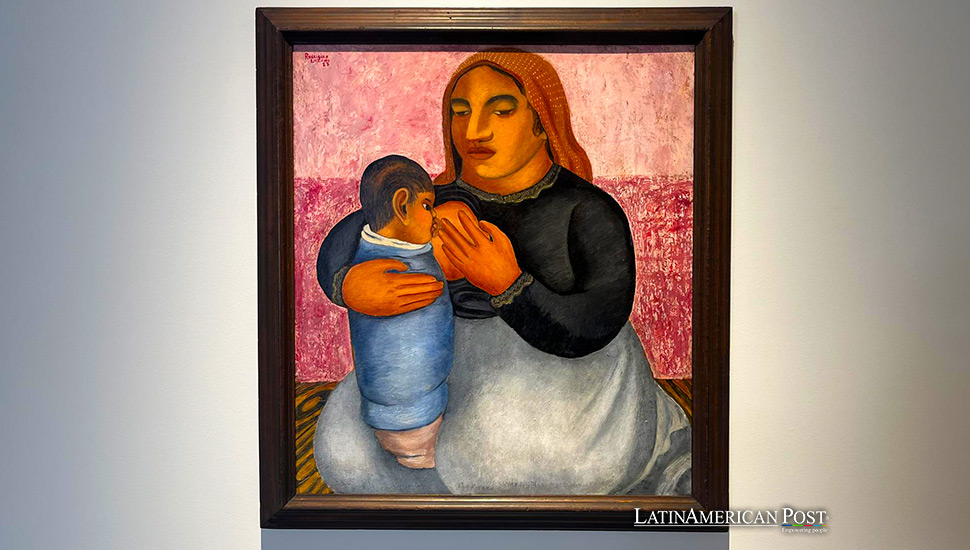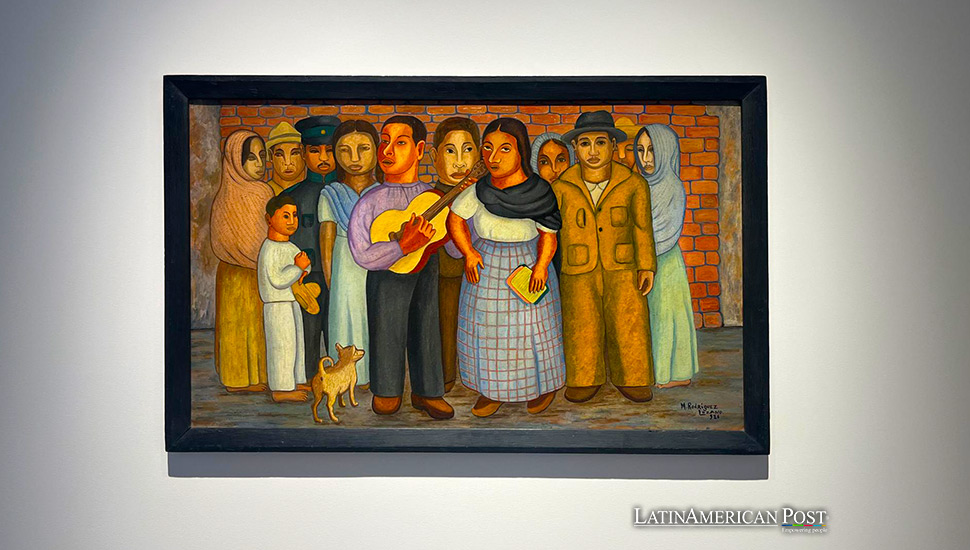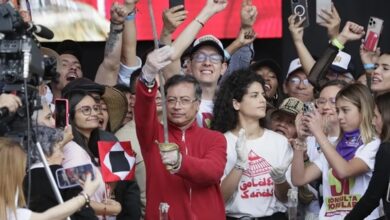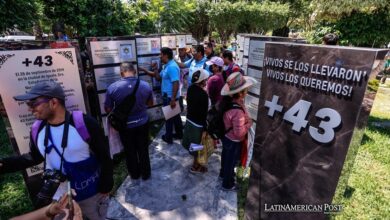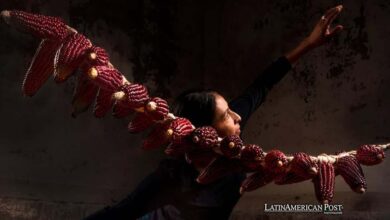Mexican Modernist Diego Rivera´s Newly Discovered Works Explored
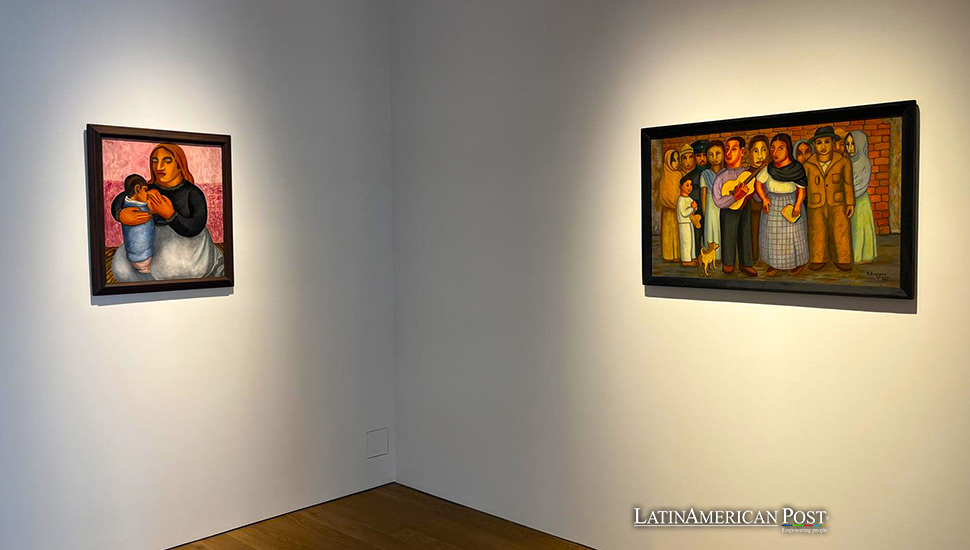
Two exhibitions in New York are shedding light on overlooked works by Mexican muralists Diego Rivera and Manuel Rodríguez Lozano, offering a glimpse into the complex post-revolutionary period in Mexico and its enduring relevance today.
Two portraits of children by renowned Mexican painter Diego Rivera (1886-1957) are on display at the Schoelkopf Gallery in New York until April 5th. The paintings “Niño” and “Niña sentada con rebozo” (Girl Sitting with Rebozo), both from 1929, had been in private hands for decades after forming part of the Museum of Modern Art’s (MoMA) 1931 exhibition dedicated to the Mexican modernist. They were also included in his major retrospective at the Palacio de Bellas Artes in Mexico City in 1949.
Portraits of a Post-Revolutionary Era
In these paintings, Rivera draws attention to the sorrowful expressions of the large-eyed, dark-skinned children posing in rustic settings. The first, depicted on a sheet with a pink turban, brings his hand to his mouth, while the second, sitting on a rug, stares fixedly with the corners of her mouth turned down.
According to Alana Ricca, director of the Schoelkopf Gallery, the works were acquired in the early 1930s by gallerists Erhart Weyhe and Carl Zigrosser of the prominent Weyhe Gallery in New York, given the “great interest” in Mexican modernism at the time.
Art expert James Oles, author of the exhibition text at Schoelkopf, notes that the children are from working-class and indigenous families and that they “represent the future beneficiaries of the Revolution” with a “solemnity that perhaps underscores the difficulty of working-class life into which they were born.”
“For Rivera, these children linked Mexico’s distant past with its proletarian future,” he says, recalling that the muralist produced about 70 paintings of Mexican children, alone, in pairs, with their mothers or with elderly relatives, which were in “great demand” on the market.
Manuel Rodríguez Lozano: The ‘Melancholy Artist’
Also on display are two paintings by a lesser-known painter, Manuel Rodríguez Lozano, with similar themes: “Maternidad” (Motherhood), depicting a woman breastfeeding her baby, from 1927, and “El corrido” (The Ballad), featuring a group of people singing, from 1926, one of his most complex works among the few that are known.
Rodríguez Lozano (1896-1971), who had no formal art training, produced fewer than 40 works – most of them of unknown whereabouts – but that did not stop him from captivating gallerist Zigrosser, who visited his studio, bought several, and wrote that they were “among the most interesting in Mexico.”
For Ricca, the “rediscovery” of these treasures of Mexican modernism comes at the right time: “Certainly, many of the themes that these artists addressed are still relevant today, especially femininity, motherhood or community, and social problems are also relevant.”
“We say that (these works) have been rediscovered because they have been with the descendants of the buying family ever since,” said the director of the Schoelkopf, who added that “it is the first time that the public can see” the two paintings by Rodríguez Lozano.
The paintings, she said, range in price from $225,000 to $1 million.
Connecting to Latin America and Beyond
The exhibitions in New York are part of a broader trend of rediscovering and reappraising the work of Latin American artists. In recent years, there has been a growing interest in the art of Frida Kahlo, Remedios Varo, and other Mexican artists, as well as those from countries such as Brazil, Argentina, and Colombia.
Several factors, including the increasing globalization of the art market, the growing number of Latin American art collectors, and the rising recognition of Latin American art’s importance to the history of modern art, are driving this interest.
The exhibitions of works by Rivera and Rodríguez Lozano are a valuable contribution to this trend. They provide an opportunity to see some of their lesser-known works and gain a deeper understanding of the complex and fascinating period in Mexican history that they depict.
Also read: Colombia’s Street Art and the Transformation of Public Spaces
The rediscovery of these works by Rivera and Rodríguez Lozano reminds us of the depth and diversity of Mexican modernism. While Rivera’s murals are widely celebrated, the works of artists like Rodríguez Lozano offer a more nuanced and intimate perspective on the social and cultural upheavals that followed the Mexican Revolution. By showcasing these works in New York, the Schoelkopf Gallery contributes to the ongoing reappraisal of Latin American art and its place within the broader context of global modernism. For audiences outside of Mexico, these exhibitions provide a valuable opportunity to engage with a rich and complex artistic tradition that continues to resonate with contemporary concerns about inequality, social justice, and the search for authentic expressions of identity.

